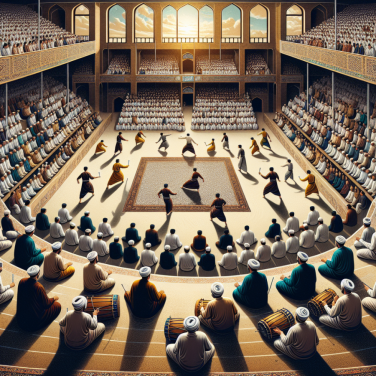Unholstering the Fun: An Introduction to Cowboy Action Shooting
Cowboy Action Shooting resurrects the romance of the Old West, a competition steeped in history and adrenaline-pumping excitement. Participants in this unique shooting sport, often dressed in period-appropriate attire, compete using firearms typical of the late 19th century: single-action revolvers, lever-action rifles, and old-time shotguns.
The sport emphasizes not only on shooting accuracy but also on the ability to quickly and safely draw your firearms, an action fondly referred to as "unholstering the fun." It goes beyond simply pulling the trigger. Competitors—also known as "cowboys" and "cowgirls"—must engage in a series of timed scenarios called "stages," which are designed to imitate classic gunfights or scenes out of the Wild West.
Each stage requires shooters to race against the clock and tackle a specified sequence of targets with their trio of guns. The sequence is usually a mix of steel targets in various shapes and sizes, such as circular plates, cowboy silhouettes, or card suits like spades or hearts. A competitor begins the stage by drawing their revolvers from their holsters following a starting signal—often a catchy or humorous phrase yelled by the timekeeper.
The allure of Cowboy Action Shooting extends into the time and care spent on authenticity. Firearms used are either original pre-1900s models or replicas that function similarly. To level the playing field, all revolvers are single-action, meaning that the hammer must be manually cocked before each shot. This attention to detail encourages shooters to immerse themselves in the mindset of a 19th-century gunslinger.
But the unholstering doesn't stop at firearms; as participants draw upon a deep zest for historical attire, choosing aliases that range from notorious outlaws to unsung heroes of the Wild West. Outfits are carefully put together to reflect the characters they've chosen, with leather boots stomping the ground and wide-brimmed hats casting shadows over determined faces.
It's not all about speed, though. Safety is paramount in Cowboy Action Shooting. The sport has an impeccable safety record due to strict adherence to rules and proper gun handling procedures. For instance, shooters must show clear weapons at various check points and follow the strict muzzle direction and trigger discipline.
At the heart of Cowboy Action Shooting is a community of enthusiasts. From beginners to seasoned marksmen, the atmosphere is congenial, with more experienced shooters often mentoring the greenhorns.
Read also:
Unravelling the Mystery: Why is a Soccer Field Called a Pitch?"
High Noon Showdowns: Mastering the Skills of the Wild West Sport
Cowboy Action Shooting, a competitive sport that blends historical firearms from the Old West era with the pageantry of Western outfits, continues to gain popularity. Participants, often cloaked in period attire and taking on colorful aliases, engage in timed shooting stages that emphasize both speed and accuracy. These stages are set against a backdrop of mock Wild West towns and scenarios straight out of a spaghetti western.
In mastering the wild west sport, enthusiasts focus on several disciplines. Among the most anticipated of these challenges are the High Noon Showdowns, situations designed to test a participant’s mettle when facing off against the clock and fellow competitors. Here’s a breakdown of the key areas of expertise for anyone looking to excel in the sport:
**Gun Handling Proficiency**:
Proficiency with a range of firearms is at the core of Cowboy Action Shooting. Whether it's the iconic single-action revolvers, lever-action rifles, or double-barreled shotguns, shooters must become adept at handling these period-authentic weapons. This includes quick loading and reloading, as well as field-stripping and maintenance for consistent performance.
**Holster Tactics**:
A smooth and swift draw can shave precious seconds off your time. Shooters practice the art of smoothly drawing their revolvers from period-correct holsters, incorporating it into a seamless motion that combines the draw with lining up their first shot.
**Accuracy Under Pressure**:
Being able to hit static and reactive targets accurately while under the stress of competition is what separates the novices from the seasoned gunslingers. Shooters invest countless hours in perfecting their aim, often under a variety of simulated conditions to mimic the unpredictability of an actual competition.
**Transitions**:
Shooters are required to transition between multiple firearms throughout a stage. The ability to smoothly switch from a pistol to a rifle and then to a shotgun, each with distinct handling characteristics, is crucial. The downtime between weapon switches can greatly affect overall performance and score.
**Movement and Stage Strategy**:
Movement plays a critical role as competitors navigate different stage layouts designed to simulate a variety of Western-themed encounters. Knowing how to move quickly, yet safely, between firing positions—and understanding the best order in which to engage targets—can greatly impact a shooter’s time and accuracy.
**Clothing and Gear Functionality**:
Although the attire is part of the pageantry, it also needs to be functional.




